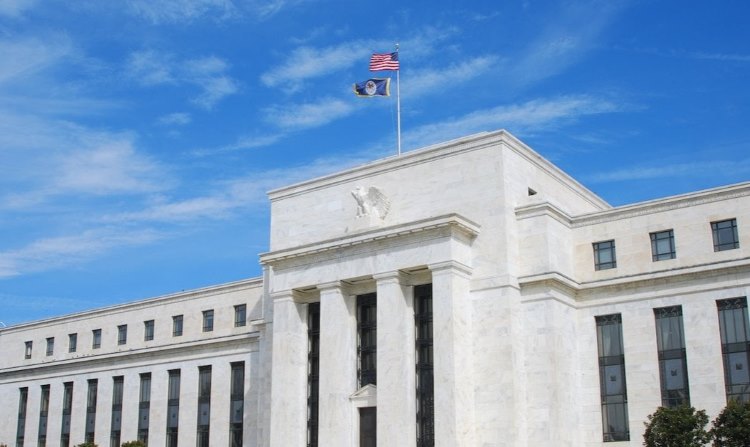Federal Reserve meeting As the financial world eagerly awaits the Federal Reserve’s imminent monetary policy decision, all eyes are on potential rate cuts. However, financial experts are emphasizing the importance of scrutinizing the central bank’s stance on quantitative tightening (QT), a factor that could prove equally, if not more, crucial.
Cautious Optimism Surrounds Rate Cut Expectations
Tempering expectations for substantial rate cuts may be necessary, as the FedWatch tool indicates a staggering 97% probability of maintaining a steady policy rate in the upcoming meeting. Chairman Jerome Powell’s commentary on a potential March cut remains of interest, but advisors are urging investors to allocate significant attention to the Federal Reserve’s approach to quantitative tightening.
“Tempering rate cut expectations is crucial with a 97% chance of steady policy; Powell’s update and tightening matter,” according to Wall Street Journal Subscription.
Quantitative Tightening Unveiled: A Delicate Balancing Act
The Federal Reserve meeting on Jan. 30-31 is anticipated to shed light on the timeline for reducing quantitative tightening. Since June 2022, the Federal Reserve has been engaged in quantitative tightening, systematically withdrawing billions from the financial system. Current discussions within the Fed revolve around potentially slowing down this process, following concerns about a repeat of the 2019 market turmoil triggered by the conclusion of QT.
Understanding the Fed’s Financial Chessboard
At the heart of the strategy lies the Federal Reserve’s balance sheet, composed of assets like Treasuries and mortgage-backed securities. Contrary to QE, the Fed now shrinks its balance sheet, diverging from asset purchases, impacting the financial landscape significantly. This is done by allowing up to $95 billion in debt to mature monthly without reinvesting the cash.
Real-world Impacts of Quantitative Tightening
While the concept may seem abstract, its effects are palpable. A 2022 Fed study estimates that a $2.5 trillion reduction in assets over several years is equivalent to a policy rate increase of over half a percentage point. As of Jan. 24, the Fed has already cut about $1.3 trillion in assets, potentially compounding the impact of the 5.25 percentage points of interest-rate increases since March 2022.
Navigating the Ripple Effect on Yields and Debt Distribution
Quantitative tightening has also contributed to the rise in long-term yields, affecting investor portfolios, housing costs, and lending standards. Fed Chair Jerome Powell acknowledged this connection on Nov. 1, emphasizing the challenges of quantifying QT’s precise impact. Additionally, the shift in the Fed’s approach to public debt has redirected more government debt to private investors. This raises concerns about potential risks, including disruptions in funding markets.
Bank Reserves and Defensive Positioning
As banks currently appear well-prepared, with reserves standing at $3.49 trillion, up 16% from last year. Analysts are exploring various factors contributing to this increase. Defensive positioning is one of the considerations in response to a proposal from Fed Vice Chair Michael Barr. This highlights a proactive approach by financial institutions as they anticipate potential challenges.
In summary, as the financial world braces for the Federal Reserve’s decisions, the intricate dance with quantitative tightening adds layers of complexity. While rate cut speculations dominate headlines, the nuanced strategies surrounding QT could significantly shape the economic landscape in the near future.
“Banks’ $3.49T reserves signal preparedness, reflecting a proactive stance amid uncertainties and challenges,” said Barron’s.

